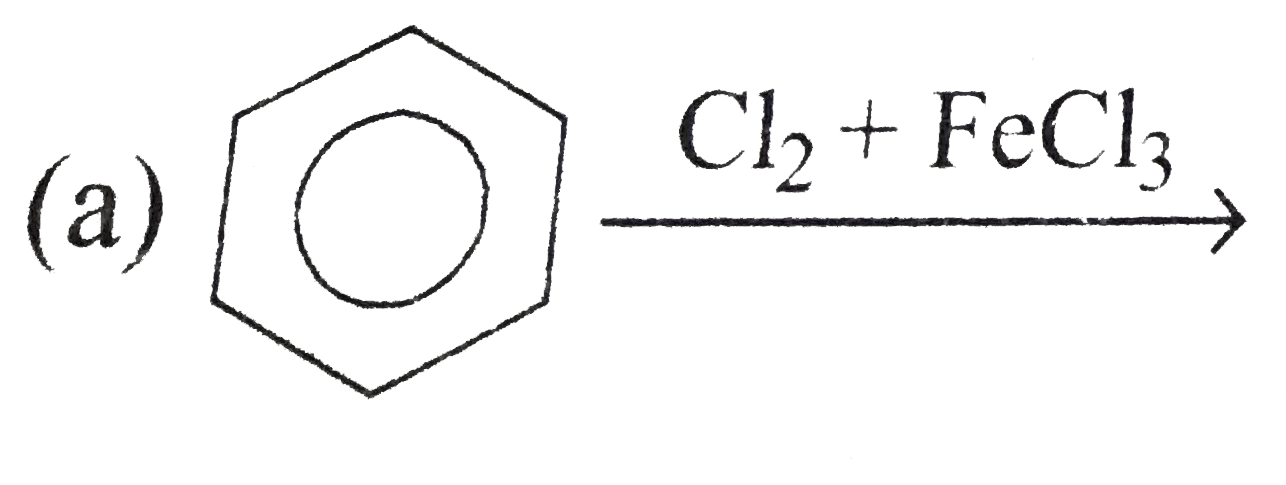Reaction involves isocyanate as intermediate porudct:
Curtius rearrangement
Lossen rearrangement
Schmidt rearrangemnt
Hofmann rearrangement
The correct Answer is:A, B, C, D
Step by step video, text & image solution for Reaction involves isocyanate as intermediate porudct: by Chemistry experts to help you in doubts & scoring excellent marks in Class 12 exams.
Topper's Solved these Questions
- BOOK - HIMANSHU PANDEYCHAPTER - AMINESEXERCISE - More Than One Correct (Q.26 To Q.30)5videos
AMINES
- BOOK - HIMANSHU PANDEYCHAPTER - AMINESEXERCISE - Linked Comprehension Type15videos
AMINES
- BOOK - HIMANSHU PANDEYCHAPTER - AMINESEXERCISE - Level 2 (Q.76 To Q.89)14videos
AMINES
- BOOK - HIMANSHU PANDEYCHAPTER - ALCOHOLS AND ETHERSEXERCISE - Subjective Type Problems10videos
ALCOHOLS AND ETHERS
- BOOK - HIMANSHU PANDEYCHAPTER - AROMATIC HYDROCARBONSEXERCISE - Subjective Type Problems9videos
AROMATIC HYDROCARBONS
Similar Questions
Knowledge Check
- Question 1 - Select One or More
Reaction involves isocyanate as intermediate product
ACurtius reaarangementBLossen rearrangementCSchmidt rearrangmentDHafmann rearrangement - Question 2 - Select One
Isocyanide reaction involves the intermediate formation of -
ACI2BCH+2CCH−3DCCI3 - Question 3 - Select One or More
Which of the following reactions involve free radical as intermediate ?
A B
B C
C D
D
When chloroform reacts with NaOH an important reactive intermediate is formed . Type of reaction involved and formed intermediates are respectively .
View SolutionA: Reaction of carboxylic acid with hydrazoic acid in the presence of conc. H2SO4 to form primary amine is called Schmidt reaction.
R: In this reaction isocyanate intermediate is formed.View Solution(A) SN2 reactioin takes place in single step.
(R) SN2 reaction involves transition state intermediate.View SolutionWhich of the following reaction mechanism doe not involves carbocation as an intermediate ?
View SolutionObserve the following reactions and its mechanistic steps and intermediate products.

The intermediate product similar to (IV) following in the reaction-(2):View Solution

